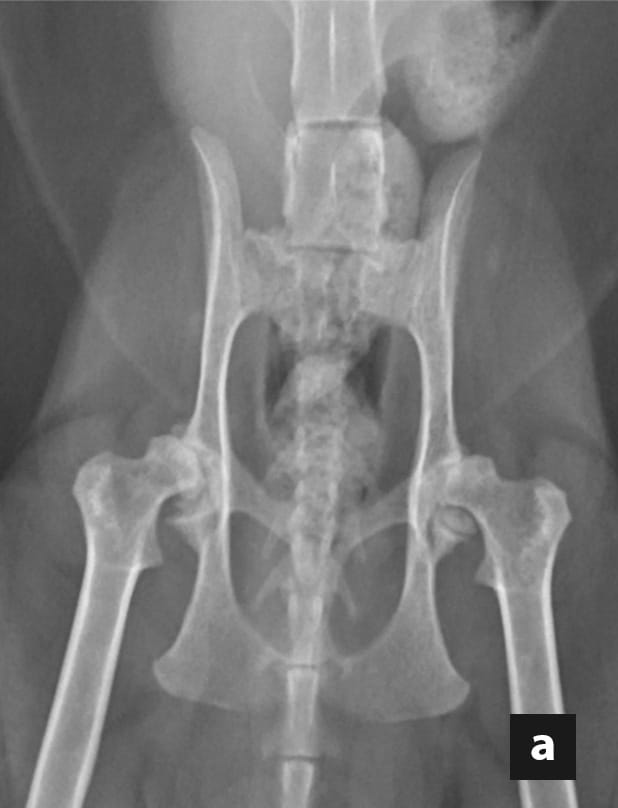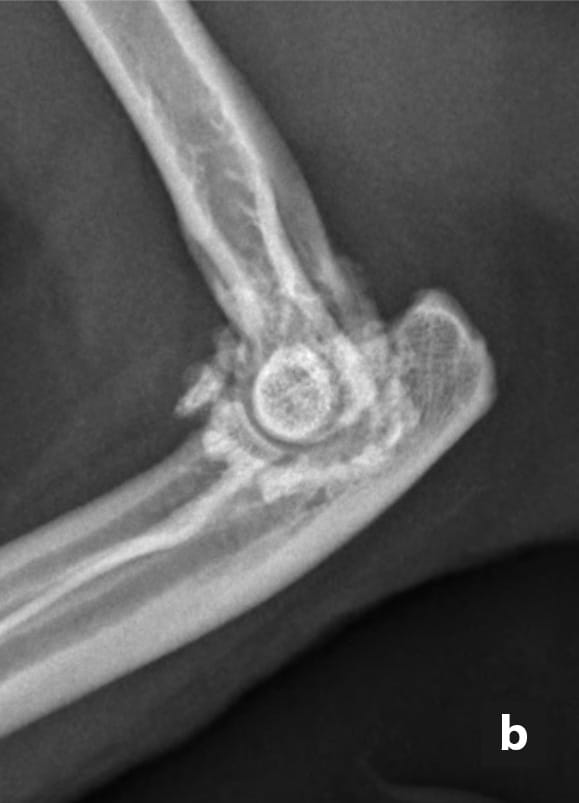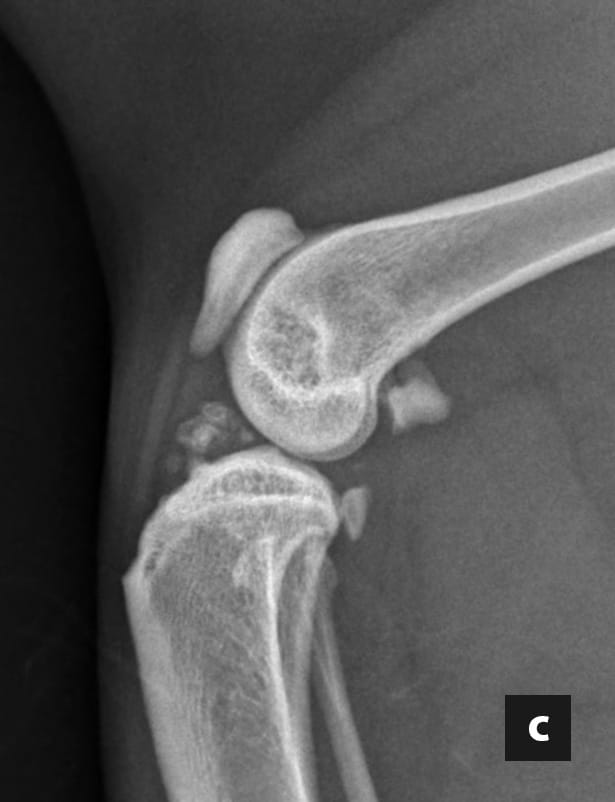Use of clinical metrology instruments
Due to the aforementioned challenges, owner-reported behavioral signs remain the best assessment tool of feline chronic pain in the clinical setting, and therefore represent a critical component of the feline OA work-up. Information about specific behaviors is collected using clinical metrology instruments (CMIs), quality of life (QoL) or health-related QoL (HRQoL) questionnaires. These instruments are constructed based on rigorous research to identify and validate key behaviors that are indicative of pain or QoL, and generally include questions pertaining to mobility, ability and willingness to perform activities, sociability and self-care (eating or grooming). The main goals of such CMIs are to determine when OA-associated pain is present and to detect treatment-associated improvement.
Several clinical metrology instruments, quality of life and health-related quality of life questionnaires have been published for use in cats with chronic painful conditions. These include, but are not limited to:
- the Cat Health and Wellbeing HRQoL 6,
- the Feline Musculoskeletal Pain Index (FMPI) 7,
- the Feline Musculoskeletal Pain Screening Checklist (Feline MiPSC) 8,
- the Feline QoL HRQoL 9,
- the Montreal Instrument for Cat Arthritis Testing for use by caretakers 10,
- the Montreal Instrument for Cat Arthritis Testing for use by veterinarians 10,
- the Owner Behavior Watch 11.
Additionally, CMIs that are more specific to the individual cat have also been developed, e.g., the Client-Specific Outcome Measures CMI. These questionnaires are based upon distinct activities that the owner feels are problematic for their particular cat, however to date there is no evidence to indicate whether these individualized scales present any benefit over a standardized CMI.
Currently, the FMPI is the most developed CMI available, but it does take some time to complete it. In an effort to provide a quick, easy and practical tool for screening of cats with OA-associated pain and increase owner-awareness of behaviors that may be affected by the condition, a truncated version of the FMPI was recently developed 8. Interestingly, this abridged version did not change the accuracy in screening when compared to its parent version; there were no significant changes in sensitivity, specificity, positive predictive value, or negative predictive value. This Feline Musculoskeletal Pain Screening Checklist (Feline MiPSC) can be used as a starting point for discussion of feline OA with owners and to check the need for further veterinary investigation. It is comprised of six items asking if a specific activity can be performed normally or not, all with Yes/No answers:
- Does your cat jump up normally?
- Does your cat jump down normally?
- Does your cat climb up stairs or steps normally?
- Does your cat climb down stairs or steps normally?
- Does your cat run normally?
- Does your cat chase moving objects (toys, prey, etc.)?
If any question is scored as a “no” (i.e., the activity is not normal), this should prompt further evaluation 8. As such, the Feline MiPSC can be used as a screening tool, whereas other tools such as the FMPI or Montreal Instrument for Cat Arthritis Testing might be used for monitoring treatment efficacy 8.
A question remains regarding when the Feline MiPSC should start to be used as a screening tool. While an age-associated increase in OA has been demonstrated in cats 12, the condition is certainly not isolated to older patients. In one study, 34% of cats with a mean age of 6.5 years were reported to have radiographic signs of OA 13, and infrequently cats as young as one year of age show radiographic evidence of change. Given that this screening tool has the potential to not only increase veterinarians’ ability to screen for OA, but also to increase awareness of OA among cat owners, it is the opinion of the authors that the Feline MiPSC should form a routine component of every feline wellness examination, regardless of patient age. Studies have shown wide gaps between the responses of owners who are informed about OA and those who are not when it comes to assessing behavior changes associated with OA 8. Given that cats are most likely to perform their normal behaviors at home, rather than in the clinic environment, improving owner education and engagement through the use of the Feline MiPSC may render owners more likely to detect altered behaviors at home, which will undoubtedly allow diagnoses to be made earlier.







